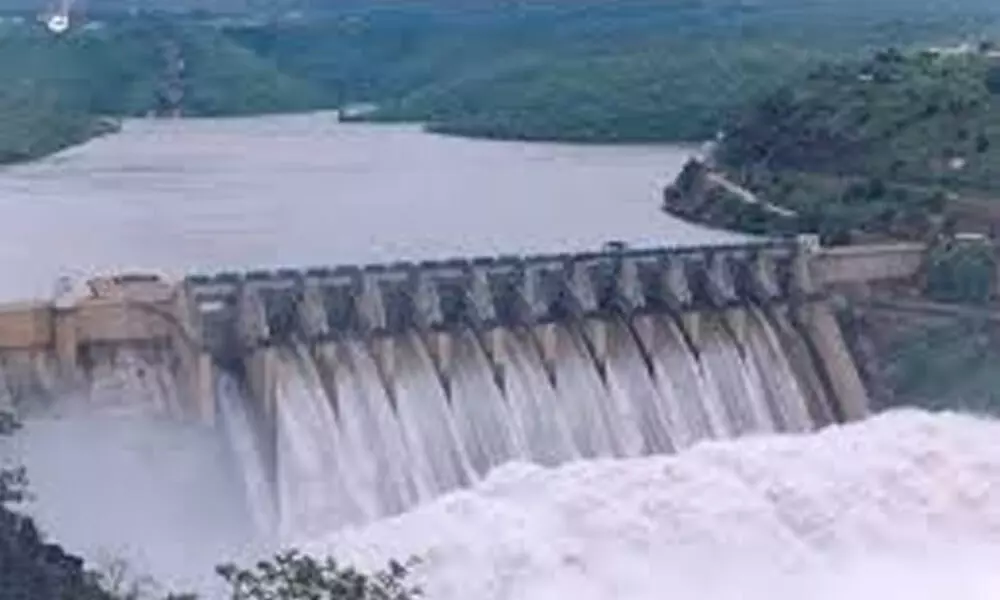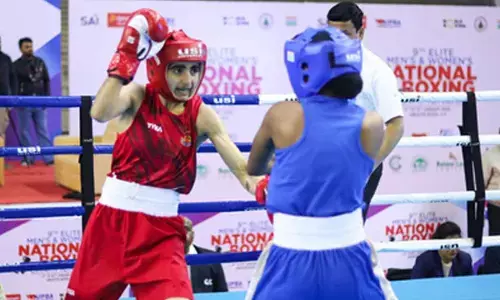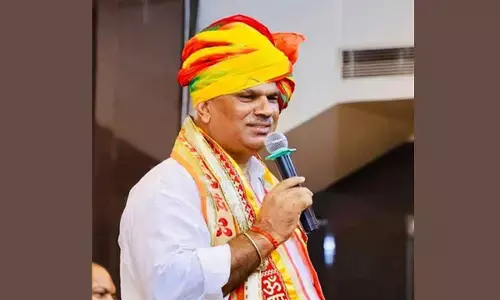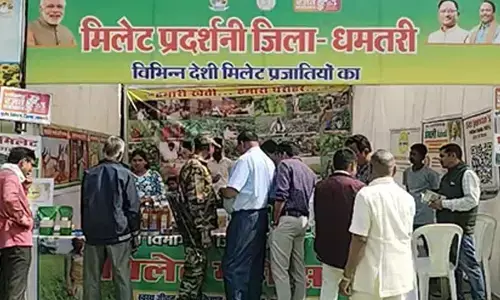Jurisdiction of Krishna & Godavari river boards

Jurisdiction of Krishna & Godavari river boards
Reading the fine prints of the notifications
The Andhra Pradesh State Reorganisation Act, 2014, inter-alia, deals with the modalities of sharing water of two interstate rivers, namely, Krishna and Godavari, between the successor states of Telangana and Andhra Pradesh. The substantive part of Krishna River delineates the two states before it enters into Andhra Pradesh. Due to the natural advantage of a lower contour, Andhra Pradesh can operate gravity-based systems while Telangana has to mostly lift Krishna water till upstream of Nagarjuna Sagar Project. It would thus, be realistic to consider Andhra Pradesh as the upper riparian state though in 2D both the states look like co-riparian. In the case of Godavari river, Telangana indeed, is upper riparian and Andhra Pradesh the lower riparian. The understanding of this background is important to look for a comprehensive solution.
Every river is unique. So are Krishna and Godavari in terms of morphology and physiology on the one hand, and on the other hand, yield pattern and water utilisation; requiring different management strategies. Another major difference between the two river systems is that Krishna is almost fully exploited while in Godavari, there is availability of surplus water in different stretches.
The two boards were constituted for the management of Krishna and Godavari rivers between Andhra Pradesh and Telangana. Surprisingly, it took over seven years to notify the jurisdiction of two boards. One has closely observed the working of KRMB and GRMB since mid 2014. Frequent defiance by party states of the directions given by the boards, perhaps, led to issuance of recent notification earmarking their jurisdictions. Except for a skeleton staff working with the board on deputation, majority of the project officials remained under the control of respective state governments. They acted as per the directions of their governments contrary to the instructions given by the board.
The boards have also not come out with any glory in the past seven years. Due to various reasons, the boards even failed to install automatic water flow monitoring system, a basic requisite to measure utilization of water by two states.
After the second meeting of the Apex Council, the Ministry of Jal Shakti decided to issue notifications stipulating the jurisdiction of boards. This will come into force with effect from 60 days of publication of the notification. The jurisdiction of KRMB and GRMB covers almost all the major/ medium, completed /ongoing, approved / not approved projects withdrawing them from both Andhra Pradesh and Telangana. This step raises several concerns about the future of ongoing projects and unapproved completed projects taken up by both states, all of them needing approval of the Apex Council. In case approval of such projects is differed or denied, what will happen to the public money spent so far, on these projects? If approval takes time, who will bear the cost escalation? What are the chances of a completed project not getting approved or approval of such projects will be a feit- accompali? And the most important one, whether the state governments would be willing to further fund such projects?
Another question is providing security cover to strategically important project infrastructure. In the past handing over security cover to the Central Industrial Security Force was considered and found to be prohibitive.
Taking over the management of almost entire water sector projects (except minor irrigation) of both states is like nationalisation of water sector functions of Telangana and Andhra Pradesh. One can only hope that this interpretation of the provisions of the Reorganisation Act to determine the jurisdiction of two Boards will not add to problems rather than addressing the existing issues. This first of-its-kind experience will have far-reaching implications for the water sector management in the country. First, water is a state subject and as per the existing provisions of the Constitution only dispute resolution on inter-state rivers falls within the purview of the union government. In this regard, the Constitutional provisions will have precedence over provisions in any enactment.
Second, states are competent to construct projects with a positive benefit cost analysis within their territories on the basis of dependable/ surplus water. This entire paradigm is now getting changed. Third, the union government through its officials will find it difficult to adjudicate on meeting the competing water demands of rival states in terms of providing overall quantity, timings and place of their choice and rate of release. Keeping such eventualities in view, the Subsidiarity principle cautions against such misadventures. Any operation and management of interstate projects by a third party can also bring charges of favouritism and discrimination putting onus on the Chairman to be more judicious.
To sum up, the success of this experiment will depend on the efforts made by the union government to take partner states together.
(Writer is a retired IAS officer. Views are personal)
















